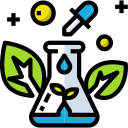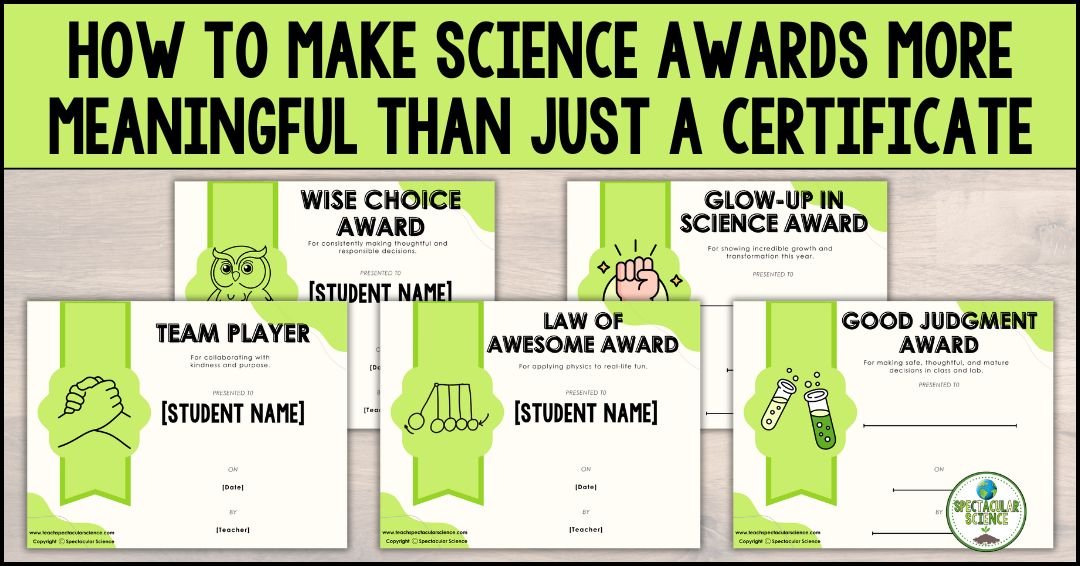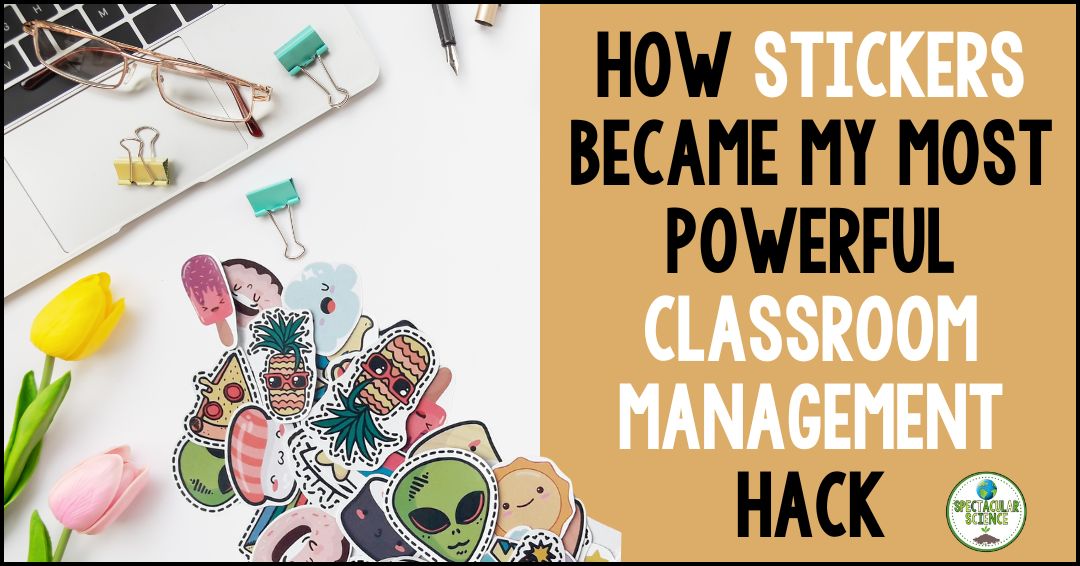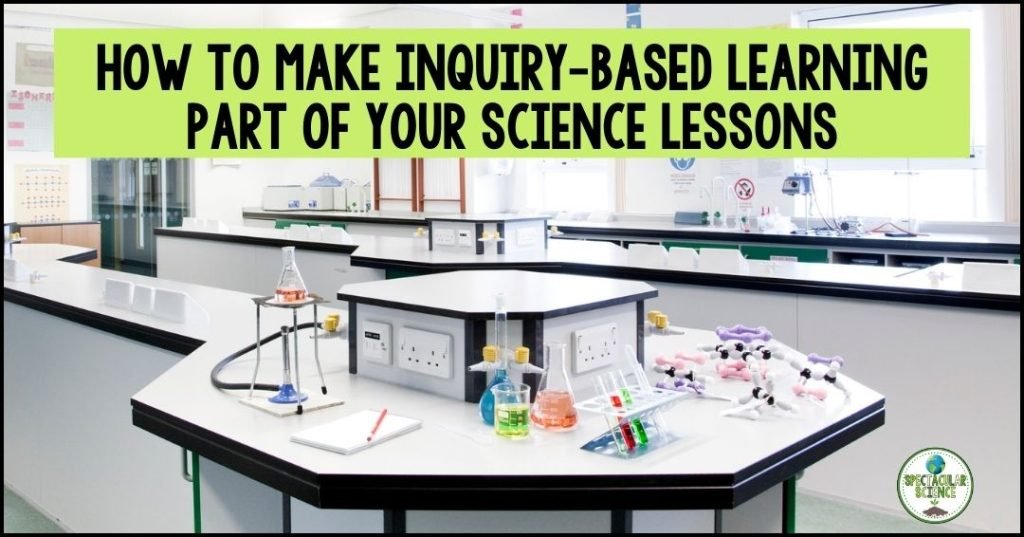
You’ve probably heard the term inquiry-based learning at some point in your teaching journey. There has been a significant push for this approach in recent years, and professional development sessions often highlight its benefits. However, implementing it effectively can be overwhelming.
If you’ve ever felt enthusiastic after a PD session but struggled to maintain that momentum, you’re not alone! This post is here to help you shift from teacher-led to student-driven learning with practical, easy-to-implement strategies. Let’s explore how inquiry-based learning can transform your science lessons and help your students develop essential skills.
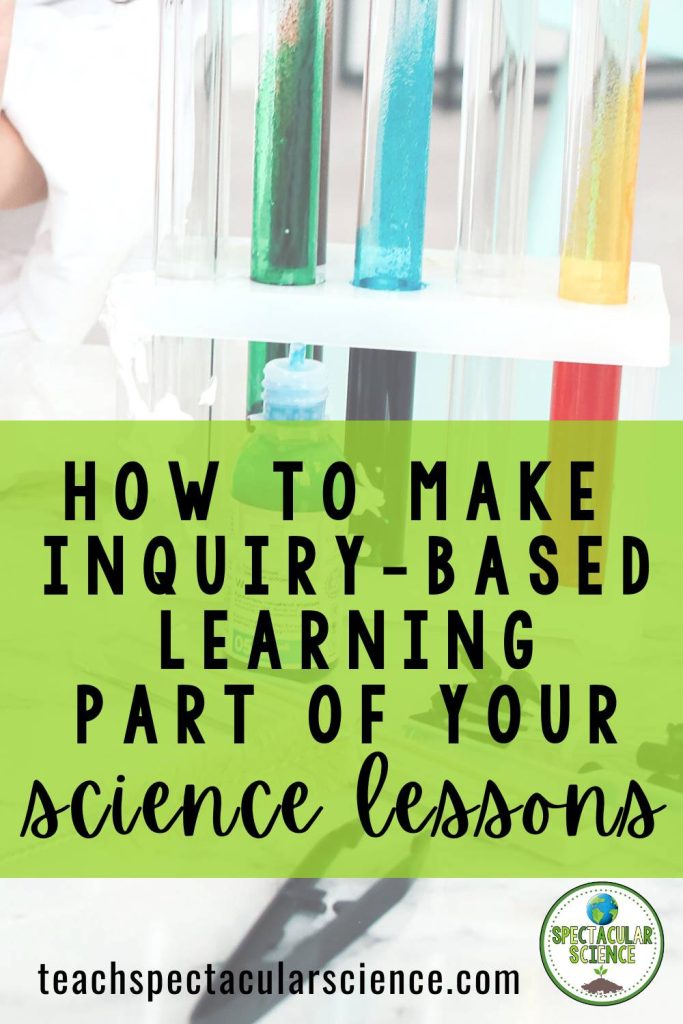
Why You Should Be Using Inquiry-Based Learning in Your Science Classroom
Inquiry-based learning encourages students to investigate and solve problems rather than just memorize facts. This approach enhances their engagement and deepens their understanding of scientific concepts. Here’s why you should incorporate it into your teaching:
1. encourages critical thinking
Inquiry-based learning pushes students to ask questions, gather evidence, and analyze data. It fosters active learning and allows students to develop their questions, guiding them to explore topics within a structured unit. This method is particularly effective in reinforcing the scientific method and helping students make connections between concepts.
2. Fosters creativity
By giving students the freedom to explore and discover, inquiry-based learning nurtures curiosity and encourages innovative thinking. Instead of providing a variety of pre-selected texts, allow students to generate their own lines of inquiry within a given topic. This approach allows for differentiation, ensuring all students can engage at their own level.

Get your students to design their graph lab in your class! This lab encourages students to unleash their creativity by designing their own experiments. They’ll engage in critical thinking as they hypothesize, plan, and conduct experiments based on their unique ideas.
3. Develops problem-solving skills
In science, this approach to learning involves posing questions, testing hypotheses, and analyzing data. These activities help students develop problem-solving skills that are useful in a variety of contexts in science and beyond the walls of the science classroom. Often hiring managers indicate that having strong problem-solving skills is one of the top soft skills they look for when hiring staff. Why not provide students with an in-class opportunity to develop and hone this soft skill?
Classroom Tip: Integrate this into your science classes by having students investigate a topic and propose alternative solutions to common problems associated with the topic. For example, this ready-to-go resource about investigating hidden energy costs includes not just the research component that is student-directed (and teacher-supported) but requires students to strategize how the environmental impact of the production of an item could be reduced without sacrificing the appeal or performance of the item.

4. Promotes collaboration
Inquiry-based learning often involves teamwork, helping students develop communication and collaboration skills. While assessing group work can be challenging, using one-on-one conferences and observational assessments ensures individual accountability.
Classroom Tip: Try activities like a clean water investigation, where students collaborate on experiments and create a final project, such as a poster or presentation. Providing students with defined roles within a group can help ensure that all members contribute meaningfully.
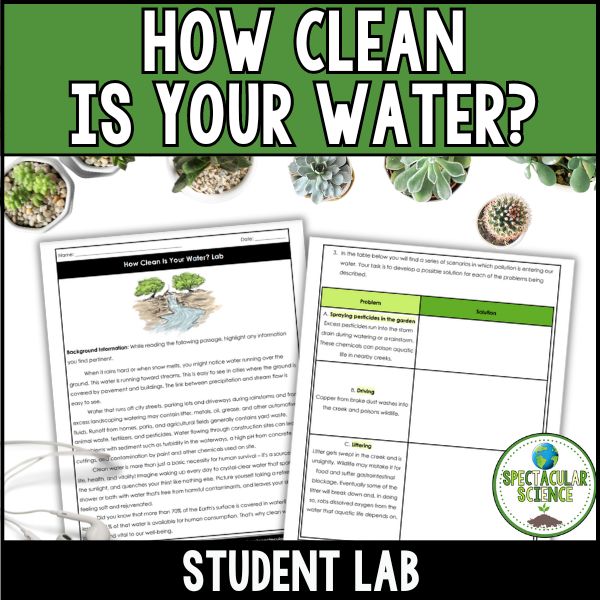
5. Prepares students for the real world
Life rarely presents problems with straightforward solutions. Inquiry-based learning equips students with the skills to analyze data, make informed decisions, and develop creative solutions—valuable skills in any field. Encouraging students to reflect on failed experiments or unexpected results helps build resilience and adaptability.
Check out this full year of labs for the curriculum in either Earth Science or Environmental Science that were designed with these ideas in mind. Field studies and inquiry-based investigations are an integral part of these labs so students gain hands-on experience while gaining subject knowledge and a wide variety of skills.
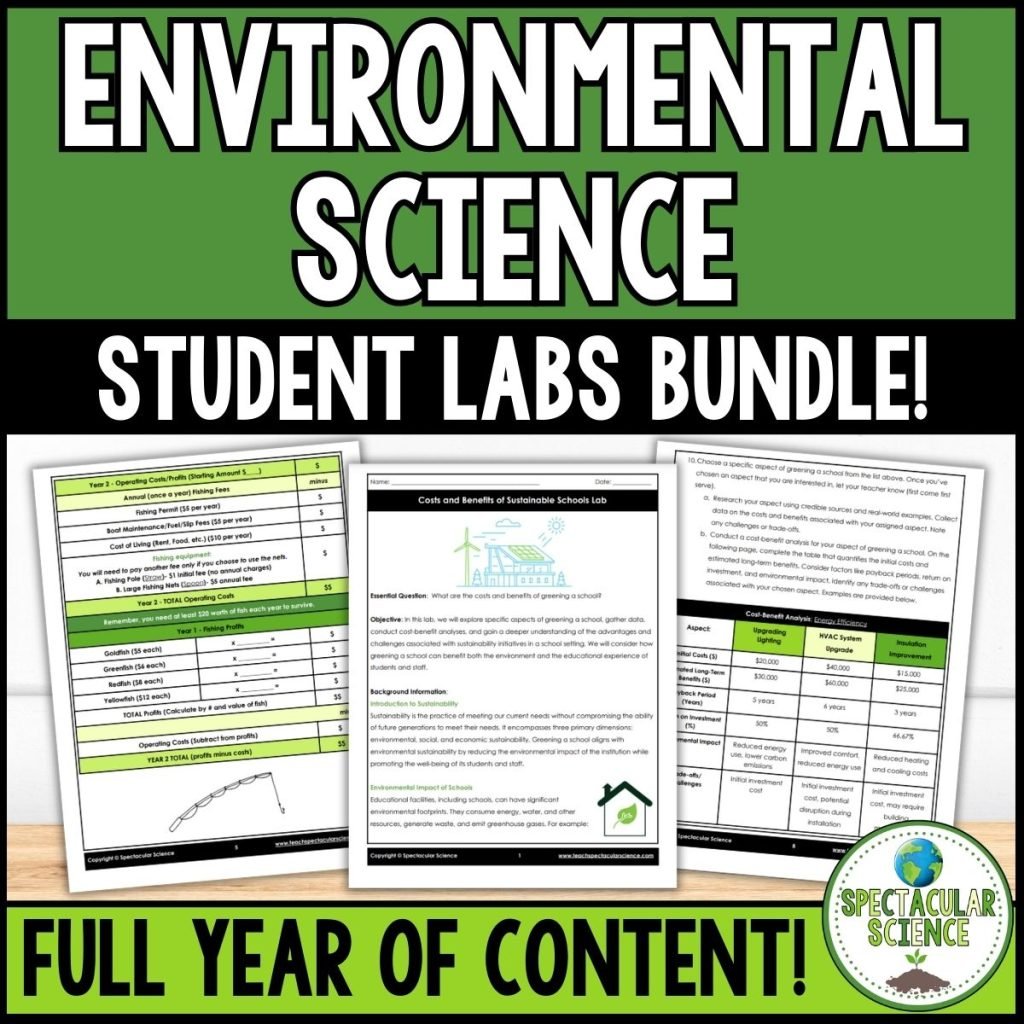
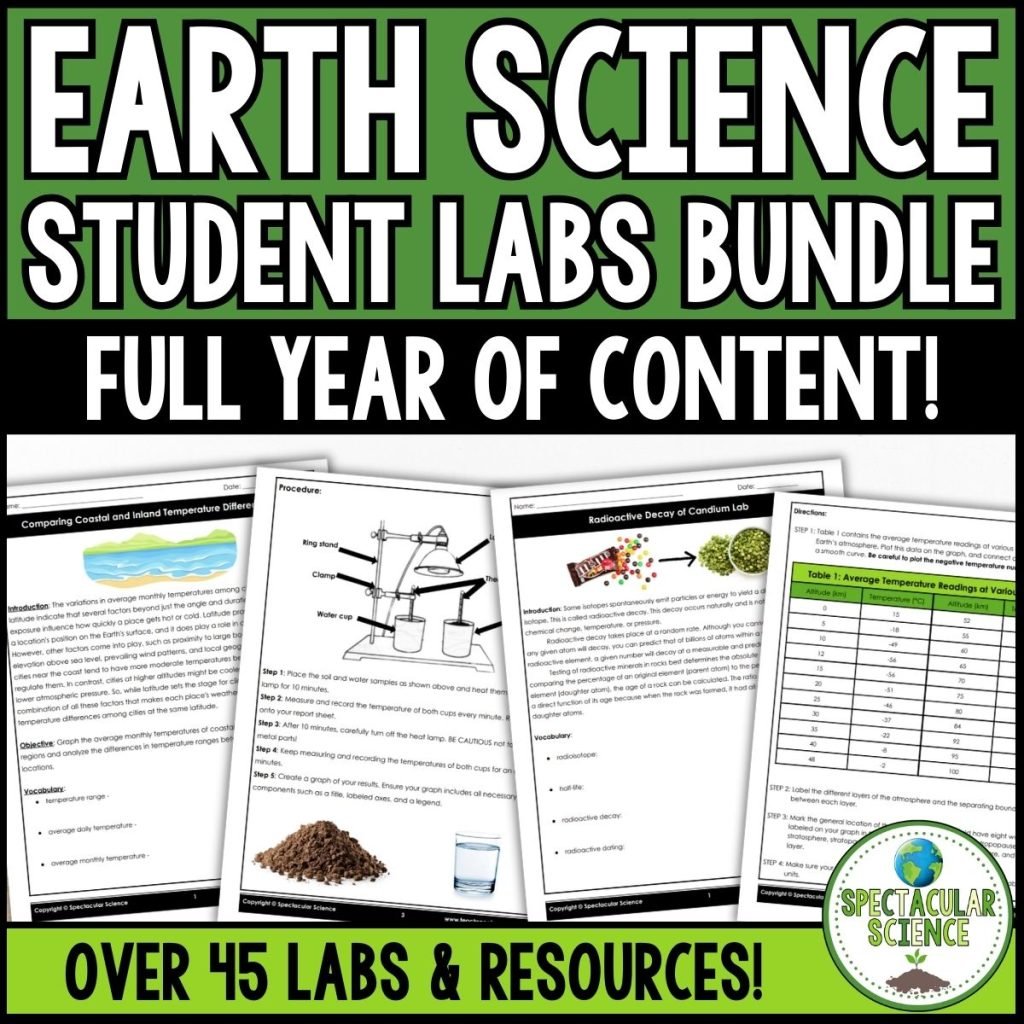
5 Easy Ways to Shift from Teacher-Led to Student-Driven Learning
Transitioning to a more student-driven classroom doesn’t have to be daunting. Here are some simple ways to make the shift:
- Start Small: Instead of redesigning an entire unit, begin with one lesson or lab activity. For example, modify a traditional lab by allowing students to change one variable and develop their own hypothesis.
- Pose a Question: Create a question that will guide your students’ inquiry. The question should be open-ended and encourage students to explore and investigate the topic on their own. As students become more experienced and comfortable with this approach to learning you could shift this responsibility to them. What questions can they come up with based on the topic or concept provided?
- Plan investigations: Once you have a question, plan activities that will help students answer the question. This may involve conducting experiments, gathering data, researching, or exploring different resources. This is an opportunity to differentiate and to include hands-on experiential learning for students. These two aspects will encourage engagement as well as retention in your students (this is also known as a win-win!).
Investigations that my students have loved conducting in Earth Science are a mineral identification lab like this one or a rock identification lab like this. In each lab, students identify samples by their physical and/or chemical properties so it gives them a chance to examine and investigate independently. - Facilitate, Don’t Lecture: Act as a guide rather than the primary source of information. As students conduct investigations, it’s important to encourage student-led learning. This means giving students the freedom to explore, ask questions, and make their discoveries. As a teacher, you can provide guidance and support, but ultimately, the students should be in control of their learning.
Before this, it’s a good idea to discuss the concept and use-value of stumbles and failures in learning. Here’s a short but effective article about the greatest mistakes made by legendary scientists or this article with 8 brilliant scientific screw-ups. (This second article lends itself to be broken up to give different scenarios to different students rather than reading all eight). - Emphasize Reflection: At the end of the inquiry-based activity, it’s important to reflect on what was learned and evaluate the success of the activity. This can involve discussions, presentations, or other forms of assessment to determine what the students have learned and how well they were able to apply their new knowledge. Again, make sure to ask students to reflect on what did or could have gone wrong and what the response is or could be in those scenarios.

Inquiry-Based Strategies for Any Science Topic
No matter the science subject, these strategies can help you implement inquiry-based learning:
- Design Your Own Lab: Let students create their experiments based on guiding questions, like in this done-for-you activity. Encourage them to present their findings in multiple formats, such as digital presentations or scientific posters.
- Real-World Problem Solving: Have students research and propose solutions to environmental or scientific challenges. For example, challenge them to develop a plan for reducing plastic waste in their school.
- Data Analysis Activities: Provide raw data sets and ask students to interpret and draw conclusions. Use actual scientific data from sources like NASA or NOAA to make activities more authentic.
- Hands-On Investigations: Engage students with labs that require them to develop hypotheses and test variables. Consider incorporating citizen science projects where students contribute to real research.

Some Final Words on Inquiry-Based Learning
Inquiry-based learning is a powerful tool that not only enhances engagement but also develops essential skills in critical thinking, problem-solving, and collaboration. While not every student will become a scientist, fostering these skills will benefit them in any career path.
Managing unexpected student-driven directions can be challenging in an inquiry-based classroom. Set clear boundaries by providing guidelines that align with learning goals, and encourage students to justify their alternative ideas with scientific reasoning. Be flexible and allow room for creative exploration when possible, as it often leads to deeper engagement. If necessary, use structured inquiry to provide direction while still promoting student independence.
By starting small, encouraging student-driven exploration, and being open to curiosity-driven detours, you can create a dynamic, engaging, and inquiry-rich science classroom. Remember, the goal is not to have all the answers, but to guide students in discovering them. Let’s build a generation of thinkers, problem-solvers, and lifelong learners together!

